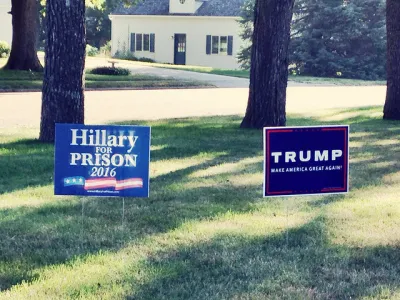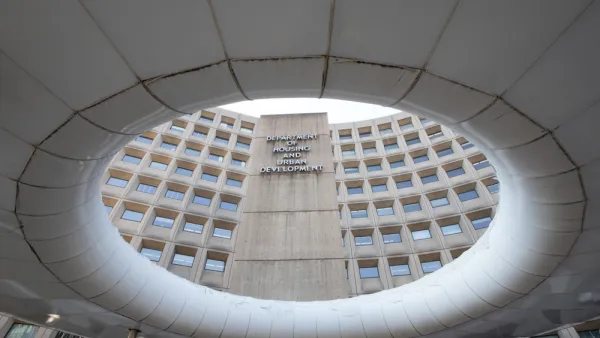Analysis of Trump's favorability ratings with suburban voters and the demographic trends of recent years could doom his recent messages regarding the Democratic agenda for the suburbs.

Since President Trump recently attacked and eventually scrapped the Affirmatively Furthering Fair Housing rule in a move that has been derided as a racist and divisive political stunt that seems unaware of the administration's previous actions, some media commentators have also noted the political shortcomings of Trump's new ploy for the suburbs: the suburbs aren't what they used to be, but not in the way that Trump means it.
Analysis by Emily Badger and Nate Cohn provides data driven analysis of the shifting demographics of the suburbs, finding support for many of the social causes sparking Trump's ire of late. The analysis relies on recent innovations in distinguishing between suburban and urban, based on survey data generated by the U.S. Department of Housing and Urban Development, which in turn expanded on previous survey research by Trulia.
As noted by Badger and Cohn, Trump has been "[playing] on the perceived fears of suburban voters. But there are several reasons to believe that a strategy that worked for Richard Nixon on the heels of urban unrest in 1968 is less likely to be effective for Donald Trump in 2020."
According to data shared by Badger, broken down on the geographic definitions generated by HUD's recent survey, "while polling shows that suburban voters disapprove of the president’s job in general, they disapprove even more of his handling of the very issues he is trying to elevate."
Additional commentators have cited this New York Times analysis to echo the idea that suburban voters aren't following the same political patterns as they did at the end of the 20th century: Eric Levitz for New York magazine and Ronald Brownstein for CNN.
In another article that predates Badger and Cohn's analysis, Jamelle Bouie argues that Trump's political error originates from a slightly different, but relate kind of demographic misunderstanding: that the silent majority, as it existed for Nixon in 1969. Like the suburbs, the silent majority has changed. They are both more diverse, and less likely to support Trump than ever.
FULL STORY: Why Trump’s Blunt Appeals to Suburban Voters May Not Work

National Parks Layoffs Will Cause Communities to Lose Billions
Thousands of essential park workers were laid off this week, just before the busy spring break season.

Retro-silient?: America’s First “Eco-burb,” The Woodlands Turns 50
A master-planned community north of Houston offers lessons on green infrastructure and resilient design, but falls short of its founder’s lofty affordability and walkability goals.

Delivering for America Plan Will Downgrade Mail Service in at Least 49.5 Percent of Zip Codes
Republican and Democrat lawmakers criticize the plan for its disproportionate negative impact on rural communities.

Test News Post 1
This is a summary

Test News Headline 46
Test for the image on the front page.

Balancing Bombs and Butterflies: How the National Guard Protects a Rare Species
The National Guard at Fort Indiantown Gap uses GIS technology and land management strategies to balance military training with conservation efforts, ensuring the survival of the rare eastern regal fritillary butterfly.
Urban Design for Planners 1: Software Tools
This six-course series explores essential urban design concepts using open source software and equips planners with the tools they need to participate fully in the urban design process.
Planning for Universal Design
Learn the tools for implementing Universal Design in planning regulations.
EMC Planning Group, Inc.
Planetizen
Planetizen
Mpact (formerly Rail~Volution)
Great Falls Development Authority, Inc.
HUDs Office of Policy Development and Research
NYU Wagner Graduate School of Public Service





























